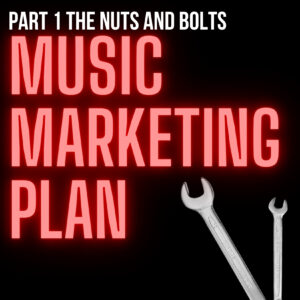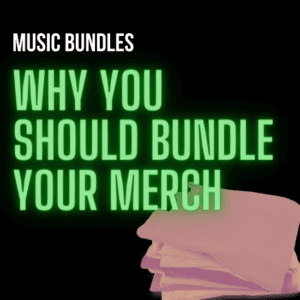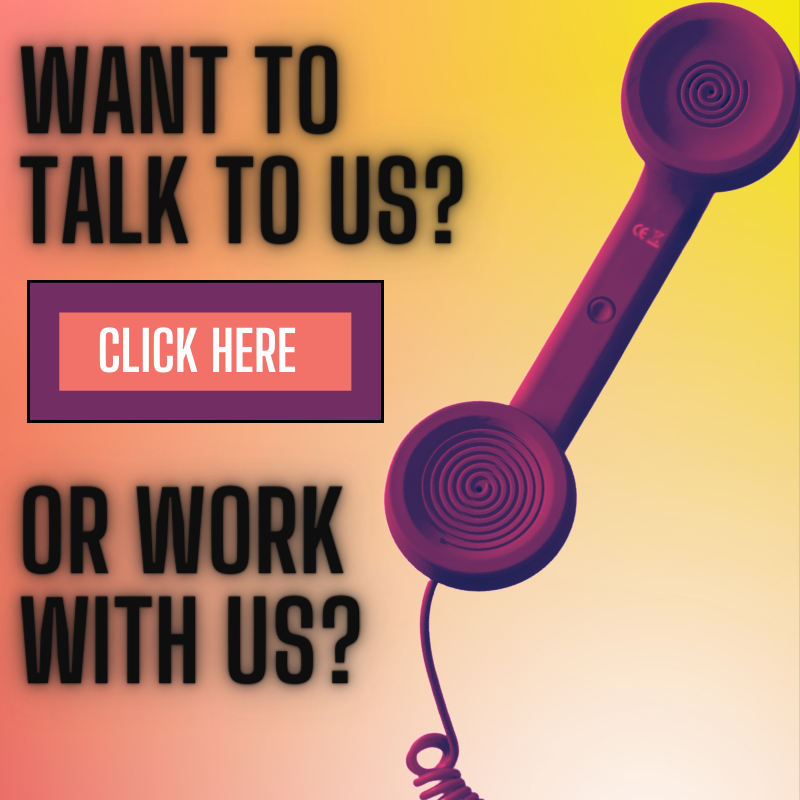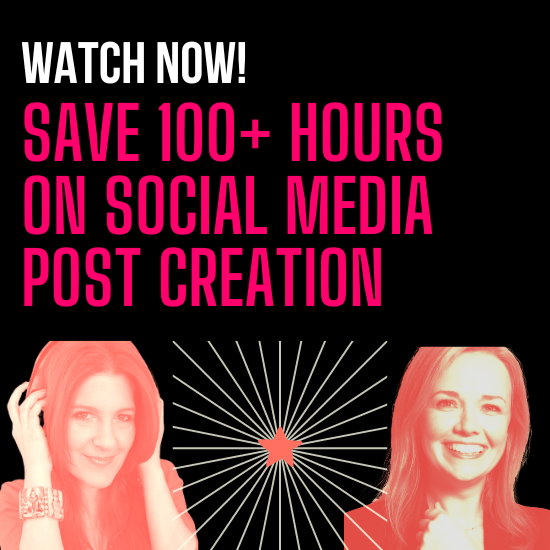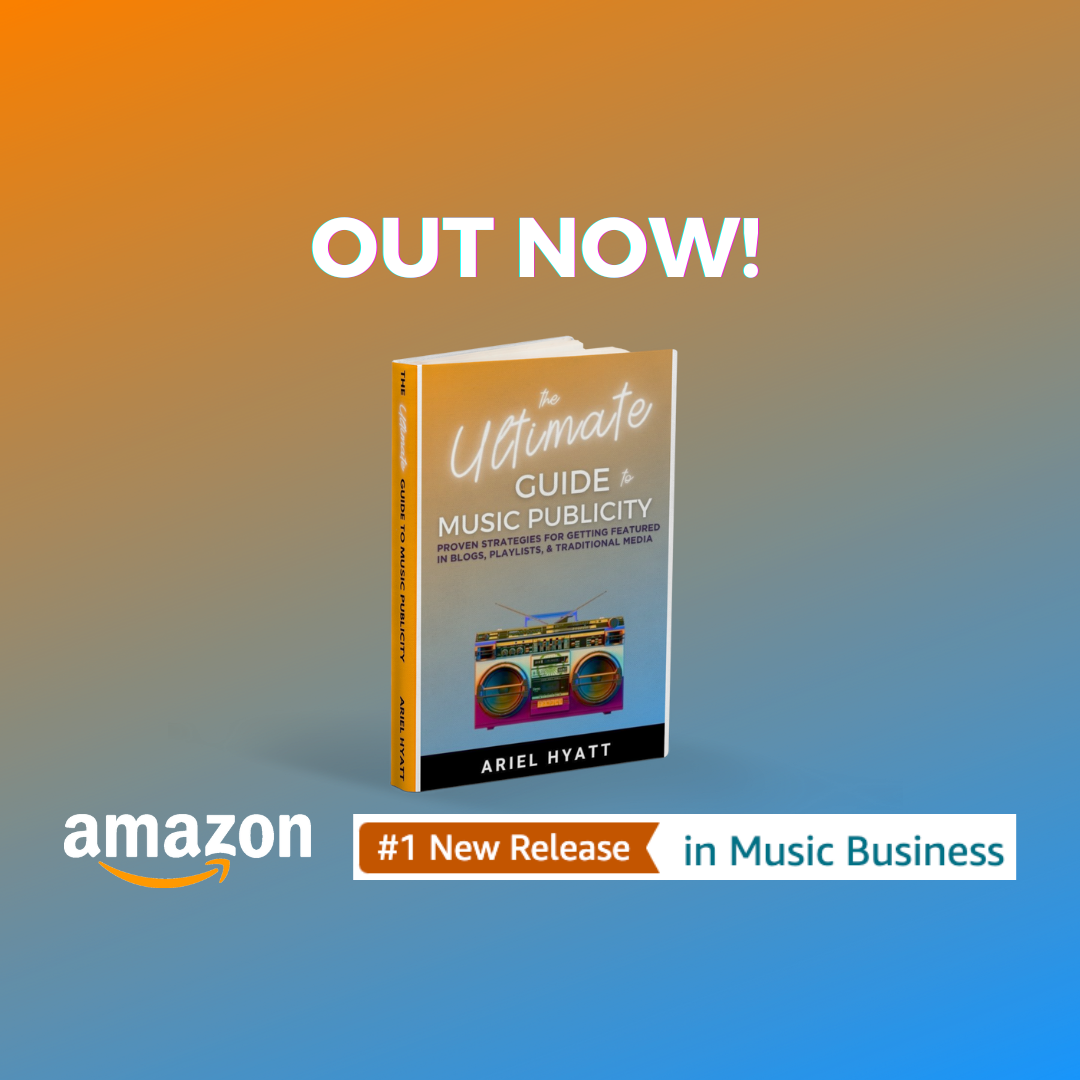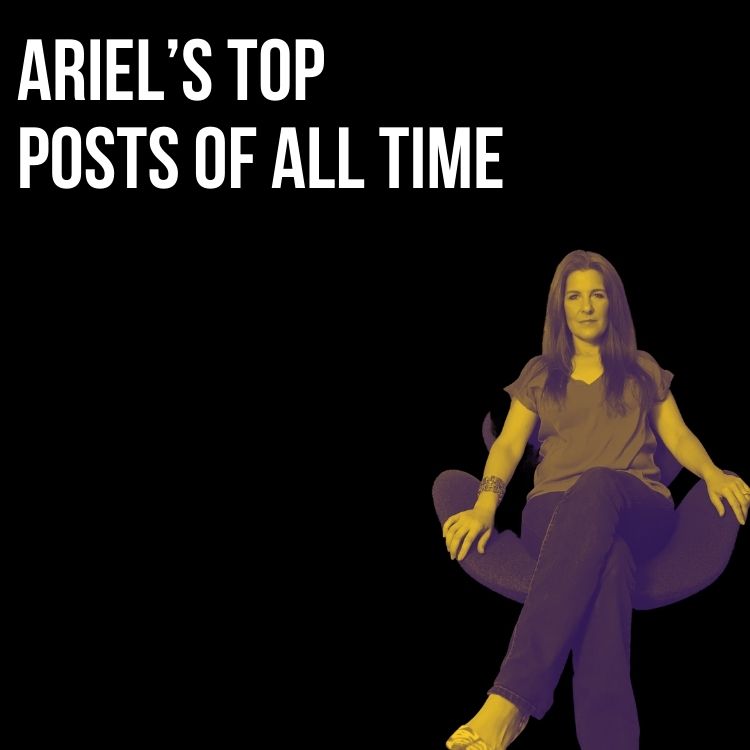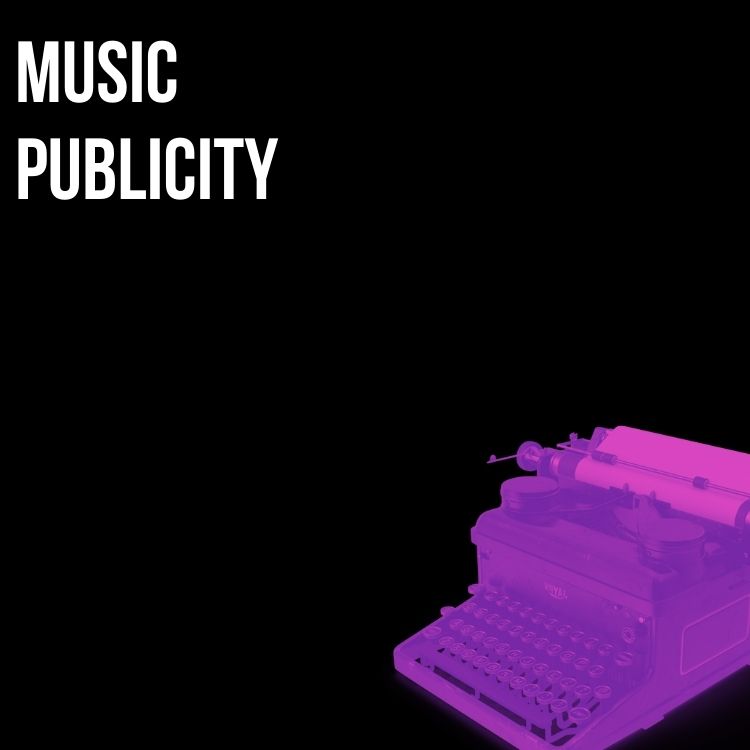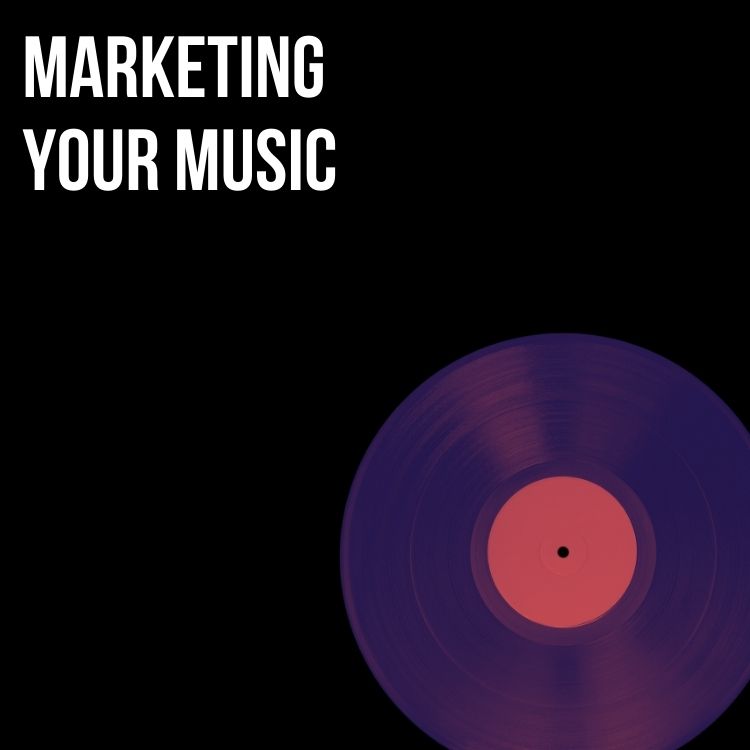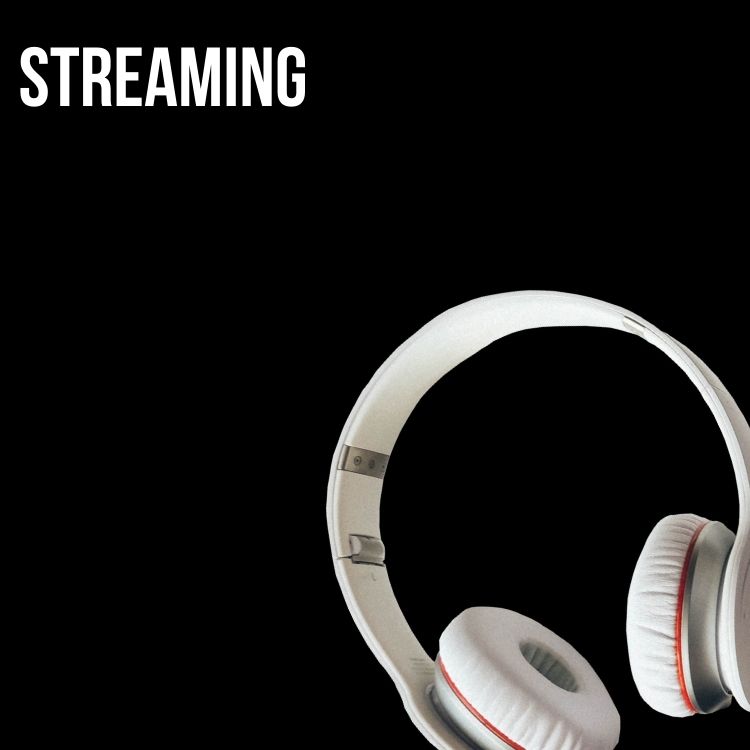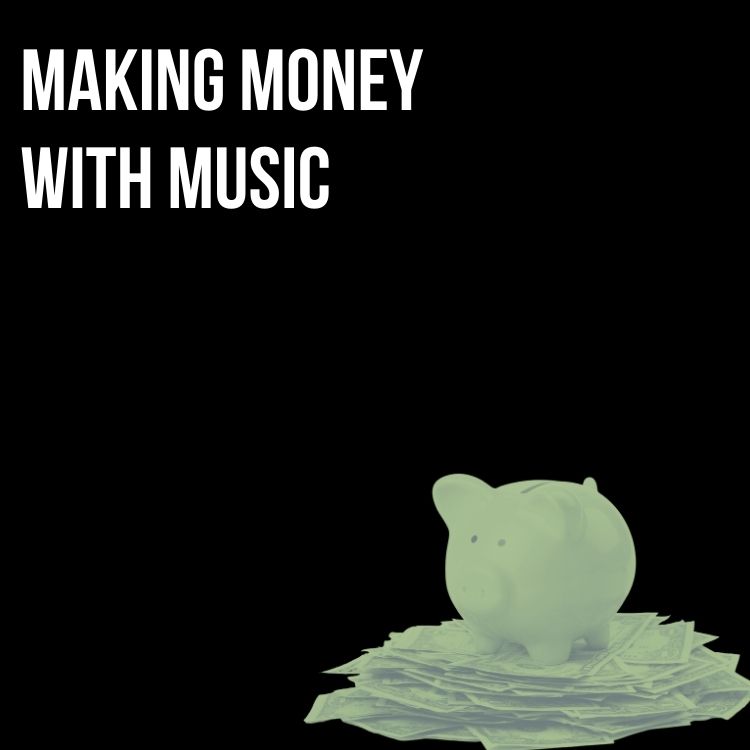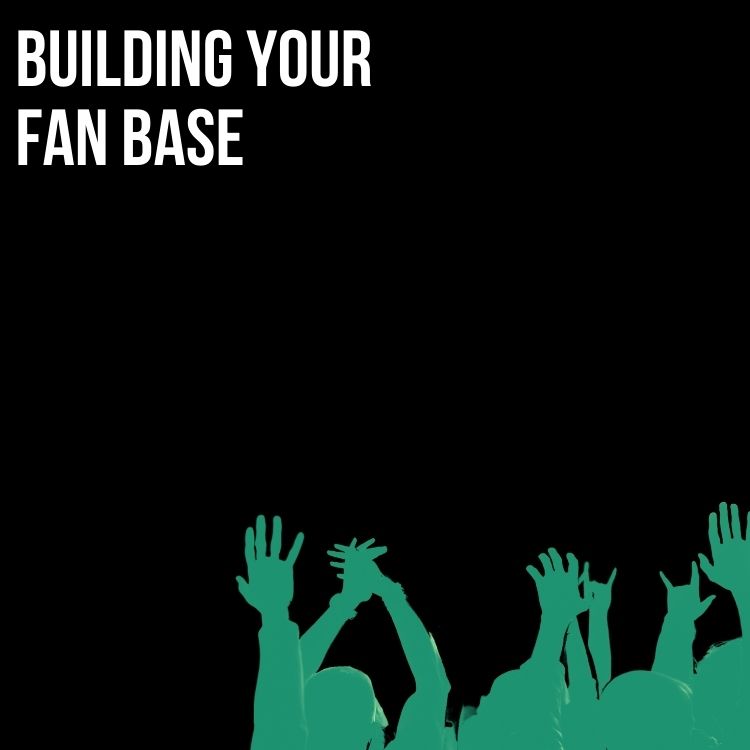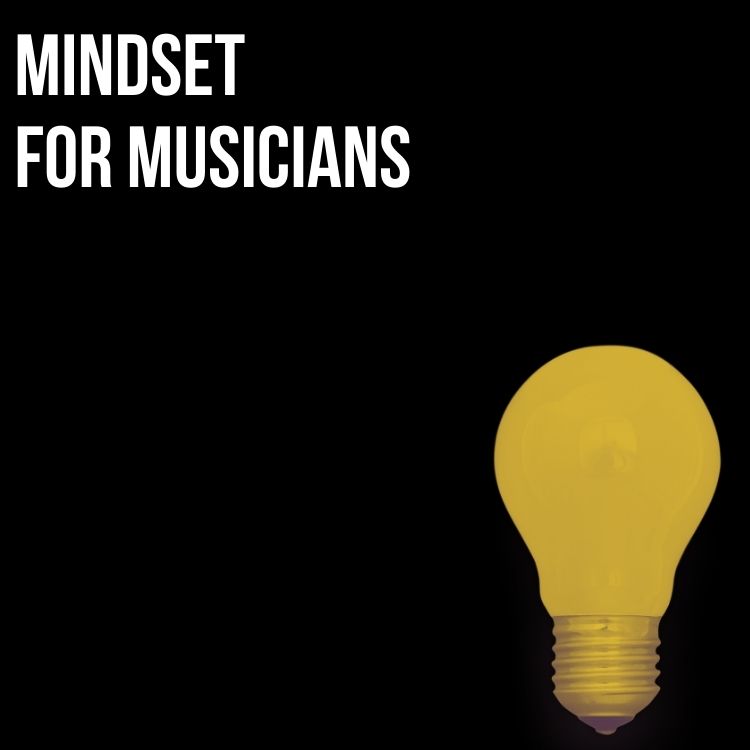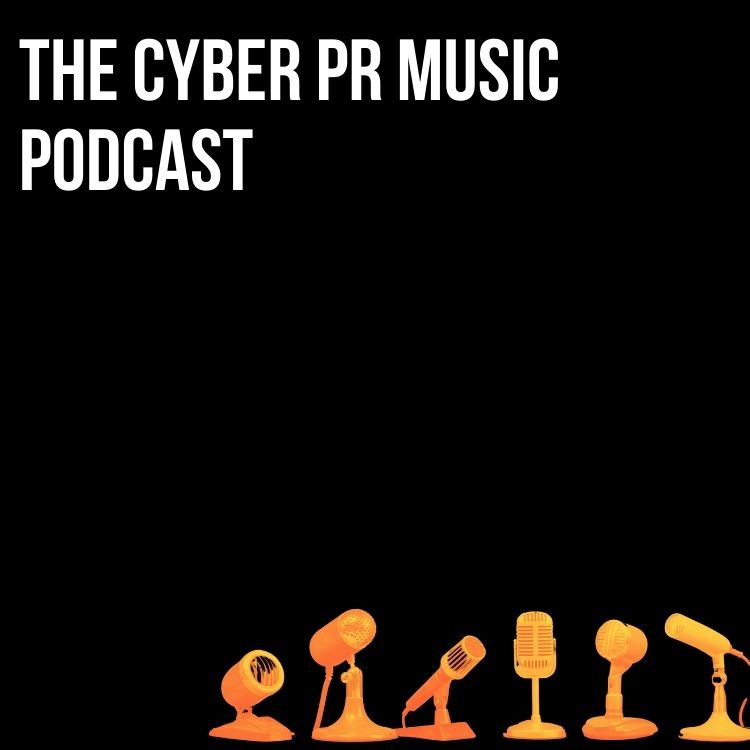
Cyber PR works tirelessly to support musicians with their music releases and marketing so it’s important that we also expose artists to platforms that are optimized to do the same. We found Bandcamp to be hands-down the most artist-friendly platform for sharing music. Over the years, Bandcamp has helped our clients reach thousands of new fans, not to mention earn additional revenue through digital sales and physical merch, band t-shirts, vinyls and more.
Bandcamp is a marketplace and community of millions of music fans discovering and supporting thousands of independent artists. While Bandcamp makes it so easy as a fan to discover new music, there are a few things the artists’ need to do to ensure their music gets in front of the right people. Here is our musicians guide to Bandcamp:
The Basics:
Bandcamp is free for artists
Bandcamp is 100% free to use as an artist, though they do offer a Bandcamp Pro account subscription ($5/month for the first year, then $10/month). Pro features include the option to communicate directly with your individual fans or send targeted messages by location or amount of money spent. It also offers private streaming (making your music available to the press before release date), ad-free video hosting, deeper statistics about your sales and followers, google analytics, and more.
Bandcamp puts artists in control of their music
Apart from taking a small percentage of revenue, Bandcamp gives you way more control over the pricing, look, and timing of your releases. Bandcamp also provides an easier and different way to directly engage with your fans than other platforms. Bandcamp is the only place that offers high-quality downloads like .aiff, .wav, or .flac.
Set yourself up to be discovered:
By following these very simple but specific steps in the creation of your artist page, no detail will.be overlooked that could harm your chances of being discovered through Bandcamp’s tools or through manual search.
When choosing an account name pick something that is easy to type; therefore, avoid names that include multiples of the same character in a row or a random underscore. If it’s not already obvious, your display name and URL should match so that at every chance, your name is spotlighted for a fan to find.
Your profile picture should be eye-catching. Do not use cover-art as your pfp and instead use an actual photograph of yourself. Artwork has to be 1400x1400px at the least, but bigger is better. You also want to make sure that the resolution of the artwork is suitable.
When using hashtags on uploads, make the tags specific to your release.so people who skim through the hashtag are likely to be fans of your actual music genre.
Get the word out:
If you want to get the word out that your Bandcamp page is now active and a place where you want to direct fans, make sure to include the link to your page on as many DSP’s or personal webpages that fans might visit. Include the link to your Bandcamp on audio streaming services like Soundcloud or Spotify. Tell your Facebook friends and Twitter followers they can follow you on Bandcamp and again, give them the direct link to your page so they can’t get lost. Add a Bandcamp widget next to the Instagram, YouTube, and Twitter icons in your email footer or Website.

Engaging with your fans:
By talking with your followers now and then, you’re emphasizing that Bandcamp is where they can directly support you, which is amazing considering they can interact with you and then purchase digital or physical music, merch, and more without ever leaving Bandcamp’s site.
Making it Personal
When a fan arrives on your Bandcamp site, it’s important that they can connect directly with you- an artist whose music they love, and experience the satisfaction of supporting your future music creation. The most successful artists on Bandcamp do a few simple things to assure that direct fan connection.
Customizing your site’s design is one of the strongest ways to convey that your Bandcamp site belongs to you and also assures it’s being regularly updated to stay current.
It’s also important to add an artist image. A few of our favorites are below, because we all know that people want to connect with other humans, not robots or empty rectangles. You can add your image from any album page on desktop, or use the Artist App to add one from your phone’s gallery.
Increase momentum:
Release regularly, small releases (EPs, singles, remixes) are good for building an audience quickly. Leave reviews on albums of other artists (either buy them or look/ask for free download codes). This may encourage others to do the same for your releases and builds up artist camaraderie. Post your releases on all your social media accounts. For all social platforms, put the Bandcamp URL in your bio or in your linktree. If you are uploading an Instagram story, make sure to include a swipe up link to your page or the direct song.
Check out Cyber PR for more music marketing tools, and purchase Ariel’s book, The Ultimate Guide to Music Publicity, available now on Amazon!
Subscribe for more!
Back to The Blog



